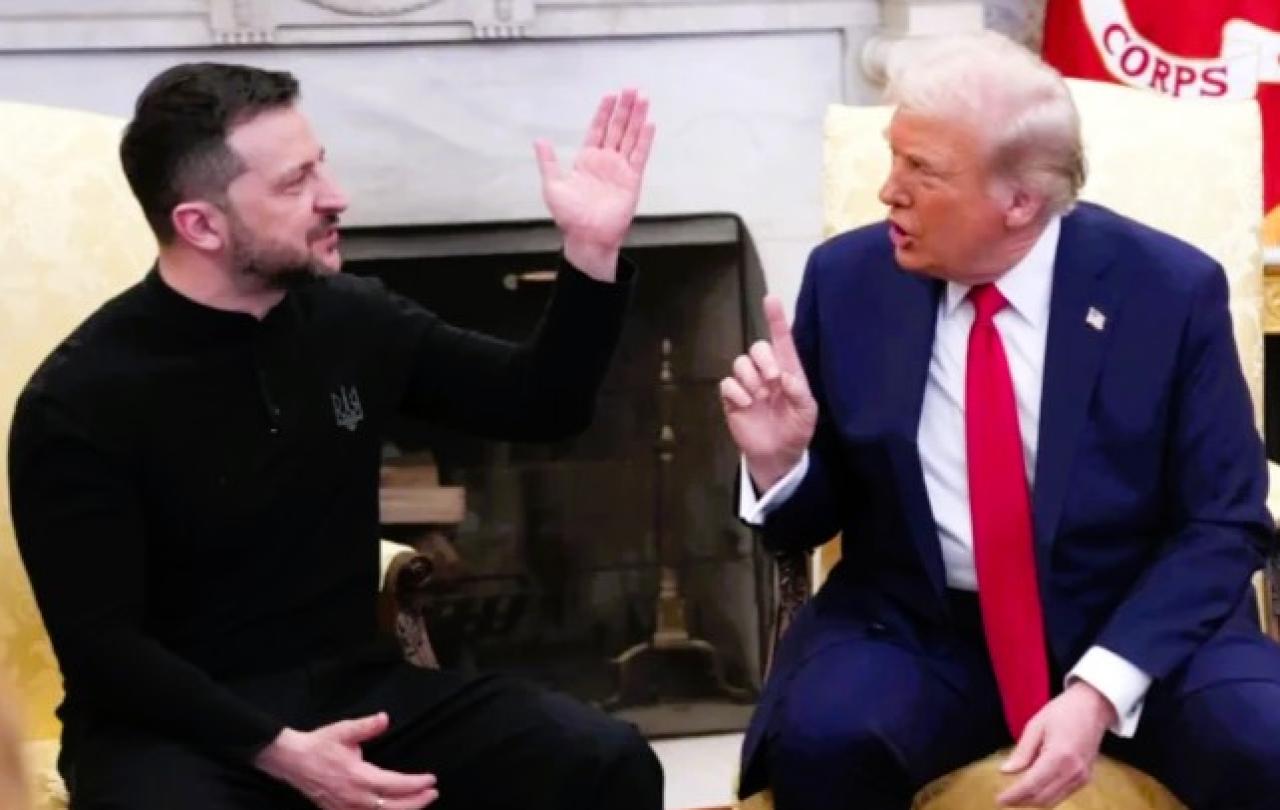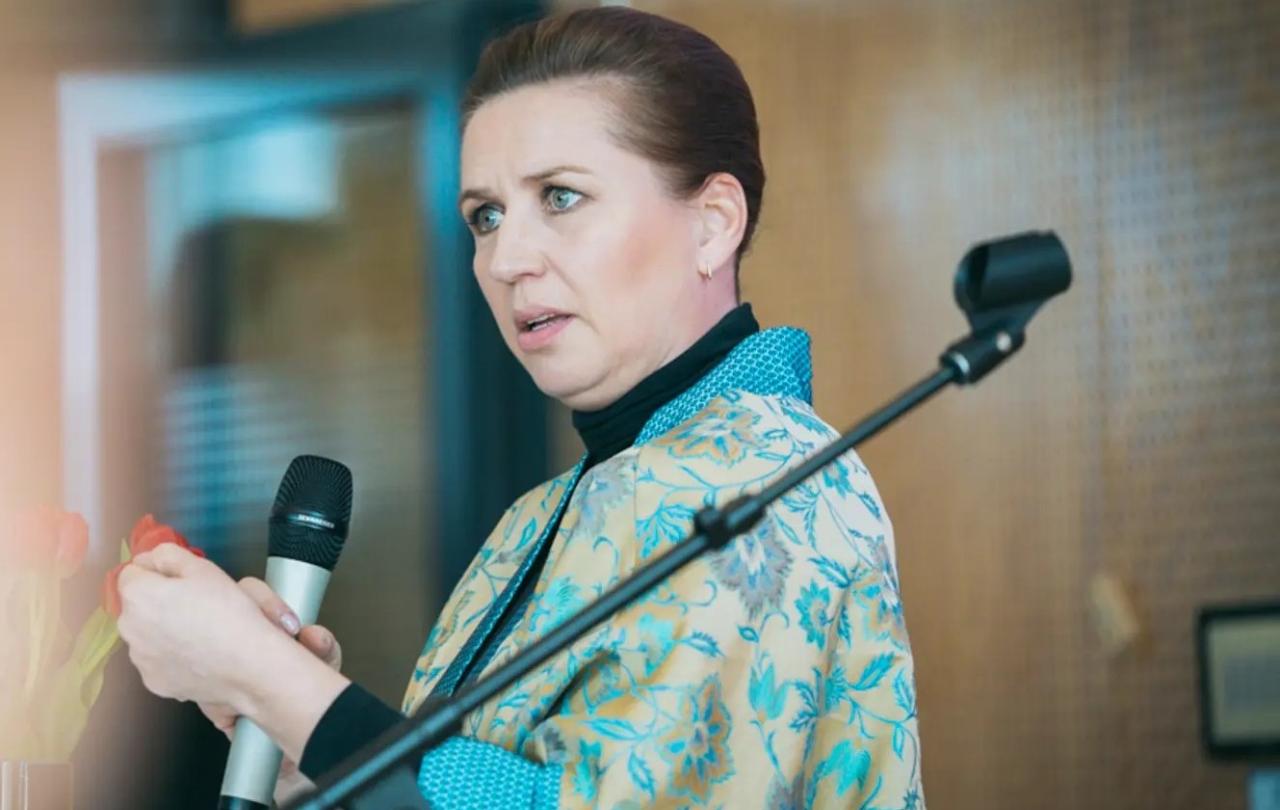
In Oliver O'Donovan's Finding and Seeking, the theologian makes a telling comment about virtue, virtue referring to ‘the goodness the world has already seen and known…. Talk about virtue is always third person talk, observers’ talk about deeds that have already taken determinate form.’
Put differently, virtue is about the past. It is about how others have lived and acted in admirable ways. But it is not about today, in all of its ambiguity and uncertainty.
To put it directly – virtue falls apart when hit with reality. It is easy to talk about what virtuous people have done, much harder to be virtuous in the present. Or so O’Donovan says.
There has been a lot of talk over recent years about the need for virtues and values in politics (and in the world more widely), but what even are these things?
Values are principles or standards that individuals or societies consider important.
Virtues are moral excellences or traits of character, such as courage, patience, or humility.
Virtues are the moral character traits individuals need to uphold values, in practice.
When thinking about virtues and values, I often reflect on a simple but profound point made by Nigel Biggar speaking at Oxford University many years ago:
"If you want pure heroes, you won't have any."
Put differently, people – including the most virtuous at first glance – are complicated.
Yet, our world is one in which virtue seems to be in short supply. Some would even say virtue (and values) are non-existent, or on the verge of extinction.
The older I become, the more I am left reflecting on why it is that so few individuals – in political life, but also more generally – seem to live without principle. Integrity – which I define as ‘your word (or principle), and action aligning’ – seems increasingly a thing of the past.
Many seem to think that integrity is ‘old-fashioned,’ acting accordingly, saying one thing and doing another as if there are no repercussions.
This is replaced with an ‘anything goes’ mentality, focused on short-term gratification. It is a “you do you” culture, acting without conscience. People seem to believe there are few if any repercussions for doing bad things. This culture is not only permitted, but even celebrated.
The American situation is, of course, the example par excellence of this. American politicians and diplomats wake up each morning waiting for what their President will write on social media, responding accordingly. Alliances are thrown out the window. Nothing is off the table.
There is seemingly less interest in Western societies in being good persons, doing what is right in hard circumstances, and where few or no people are watching.
Whether in politics or in society more widely, people seem increasingly focused on protecting themselves, doing whatever they need to do to get ahead, rather than looking out for each other.
So where do we draw the line? Is there space for virtue (and values) in a world where growth is slowing, and more people are battling for parts of a shrinking pie?
I believe the answer is yes. My sense is that many people are today yearning for clarity of values and virtues in a world that is becoming much more anchorless.
There does then seem to be interest in values and virtues, but it is perhaps worth remembering that values and virtues are like muscles... It is possible to lose these muscles without practice.
In my home of Canada, where I recently moved back, many value decency, politeness, and a sense of moderation.
In 1955, while serving as Canada’s Secretary of State for External Affairs, Lester B Pearson put his figure on this pulse, delivering a series of lectures at Princeton University entitled Democracy in the World. Pearson argued that a sense of moderation is a leading value for Canadians.
He described this as a ‘confidence in the ability of the peoples and the leaders of democratic nations to grow into the new situations and to accept the greater self-discipline which the preservation of freedom in an interdependent world requires.’
And he saw Canada as especially emblematic of this ability to grow into new situations, this adaptability in working in an interdependent world.
Many Canadians believe that the thirteen provinces and territories need to adapt and work together in order to respond to the threat of the United States.
The candidate for Leader of the Liberal Party, Mark Carney, seems to agree (and is rising in the polls because of this), whereas his opponent Pierre Poilievre is moving in the opposite direction given his more combative approach. But Poilievre has time and the opportunity to turn this around, channeling Canadians' frustrations into a vision focused on the values and virtues we share in common.
In other words, Canadians value working together when faced with challenges, valuing this solidarity when times are tough. We become more courageous the tougher things become.
The virtue of courage is here a noteworthy virtue, so well proven in the Great War battles of Vimy Ridge, Passchendaele and The Somme, or the Battle of the Atlantic in World War Two.
We see this Canadian virtue emerge often in times of crisis.
Andrew Davison in previous writing in Seen & Unseen is especially eloquent on courage, writing that this virtue is:
‘both bracing and realistic. It reminds us that all is not well with the world. We will often need courage because doing the right thing can be costly.’
There does then seem to be interest in values and virtues, but it is perhaps worth remembering that values and virtues are like muscles – a point made by Carney in previous writing and speeches. And Poilievre, well-known for his considerable discipline, certainly understands the importance of the exertion that builds muscle."
It is possible to lose these muscles without practice. Over recent years, societies and individuals have become more permissive, rather than encouraging consistent exercise.
The question therefore is less about whether values or virtues will survive in the harsh light of reality. Instead, it is whether societies – their political representatives and citizens – are open to making the short-term investments necessary to uphold what they believe is good in their countries and in the world?
A tall task, to be sure, but one that I believe is both possible and necessary for Canadians and non-Canadians alike. Canada can here be an example for the world.
This task – upholding certain values and virtues, is not third person talk, as O’Donovan suggests. It is rather an imperative for action in the present. We are called to act accordingly today.





